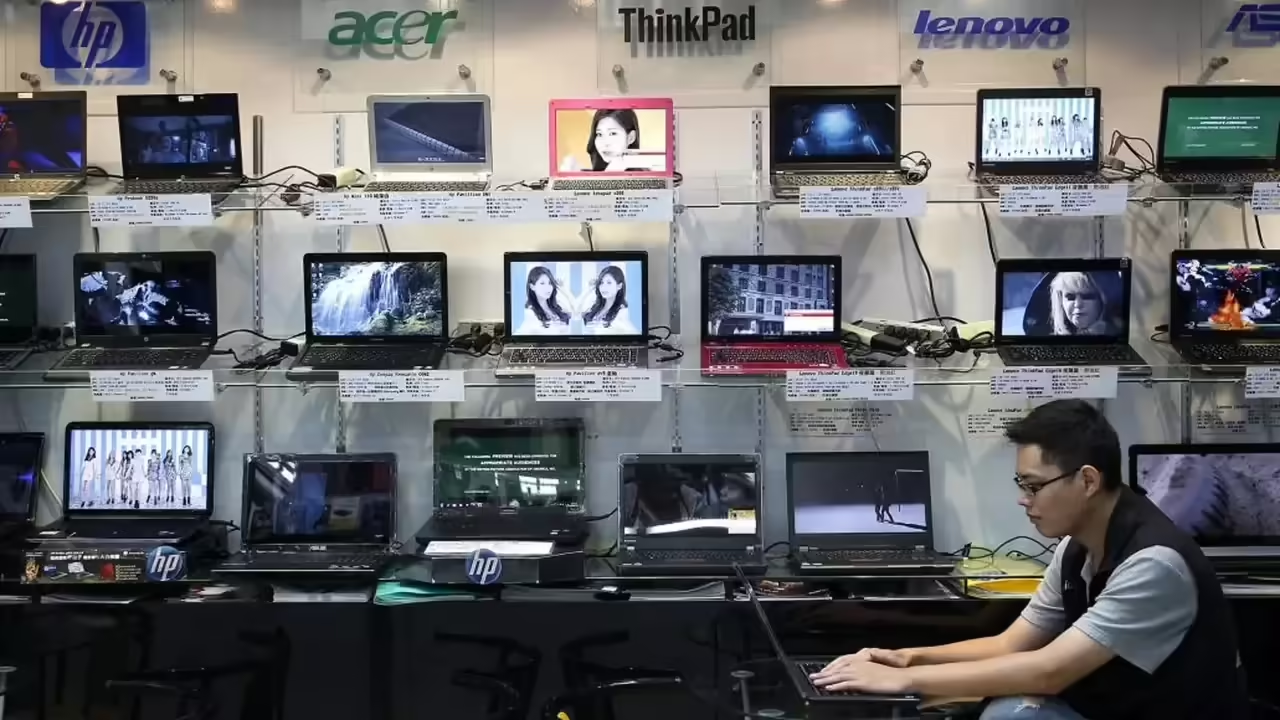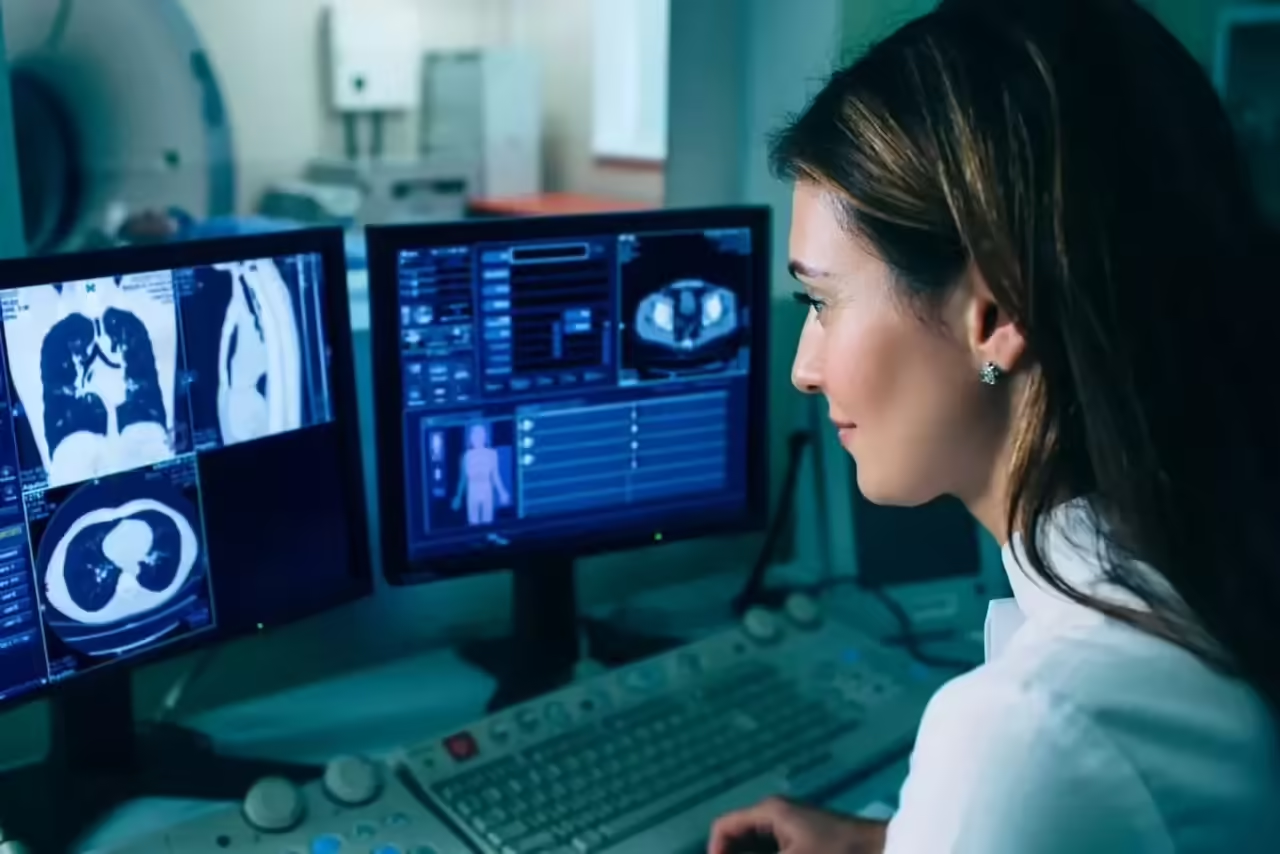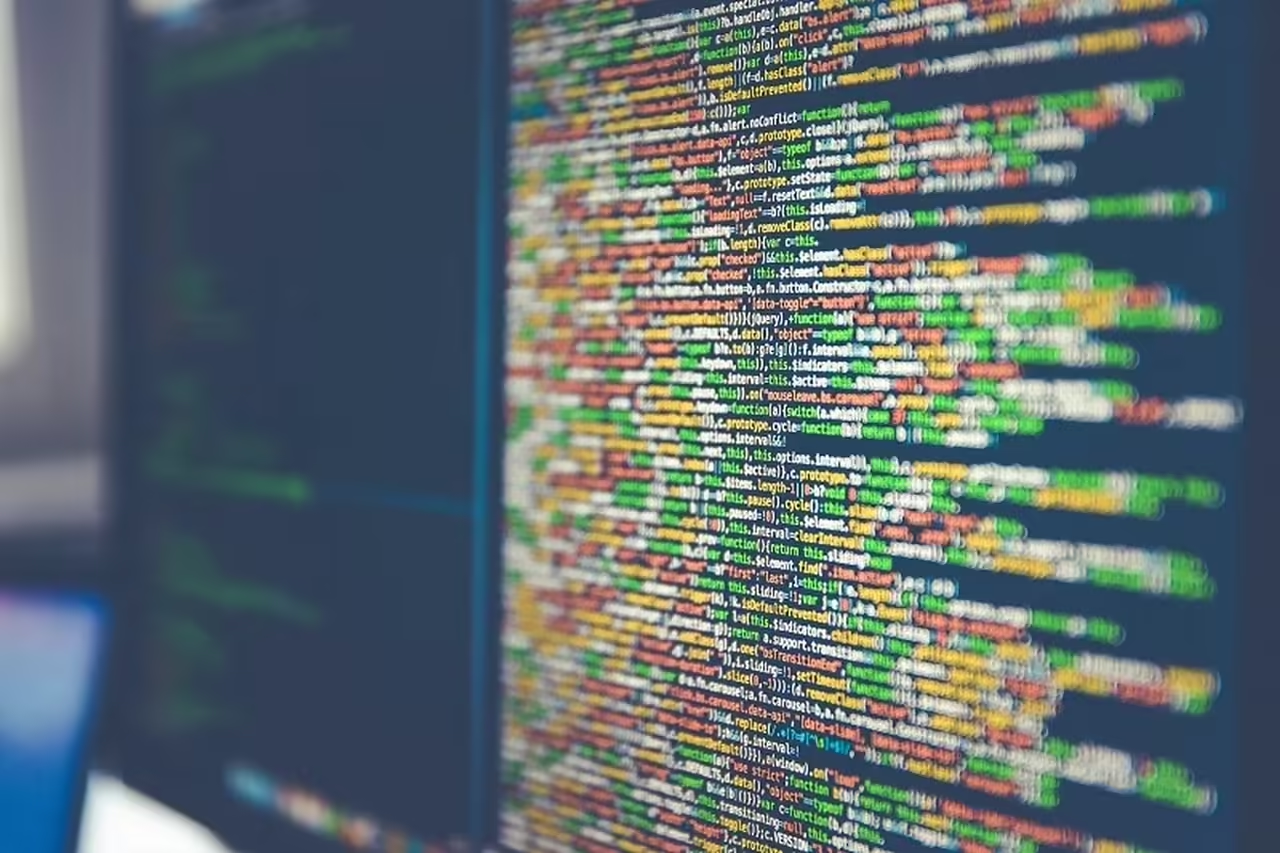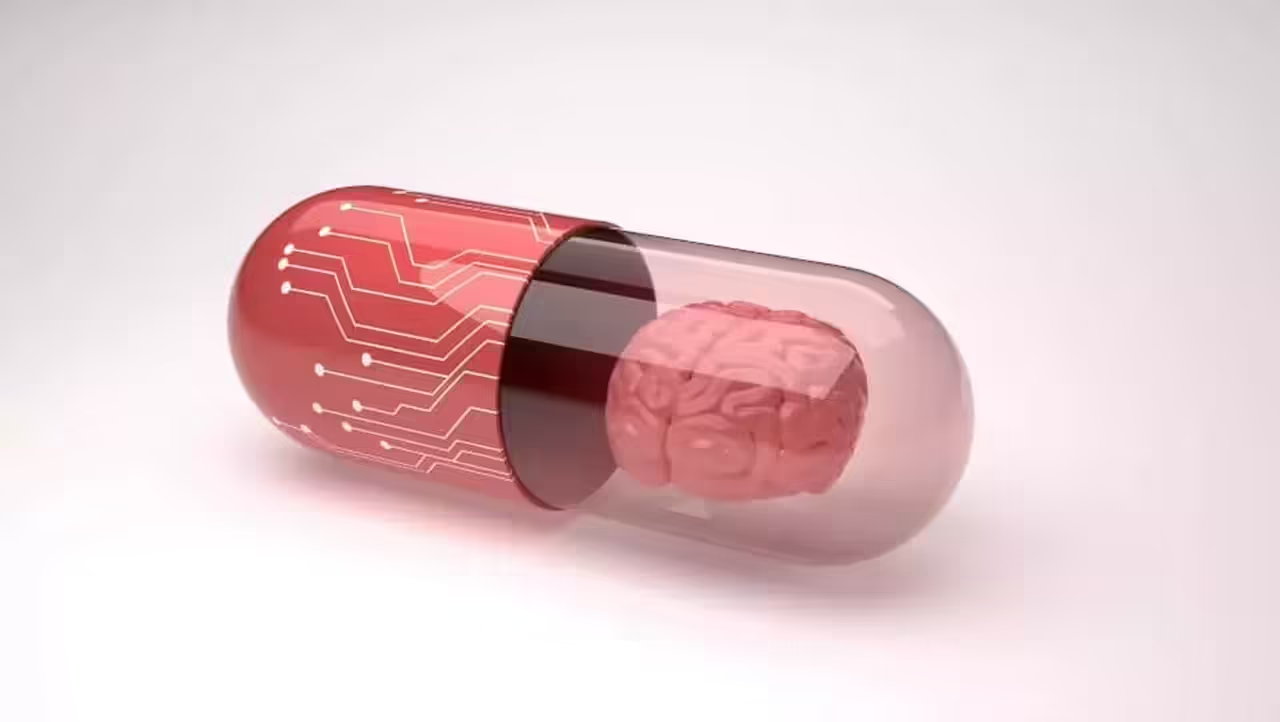
The Birth of a New Paradigm: Biological Computing
In the constant pursuit of innovation and efficiency, the boundaries between biology and informatics are gradually blurring. The convergence of these seemingly disparate fields has led to an exciting realm of research known as biological computing. At this intersection, scientists are exploring new ways to harness intricate biological processes to perform computational tasks, which could radically transform the way we conceive technology and its applications.
Amidst this fascinating landscape, a notable milestone has recently been achieved: the creation of a biological computer using a simple mixture of water and salt as a substrate. This pioneering feat represents a significant advance in synthesizing computational systems based on biological components. In this article, we will explore in detail this exciting achievement and its potential impact across various fields, from medicine to systems engineering.
In the vast landscape of technological innovation, few frontiers are as exciting and promising as the convergence between biology and informatics. This marriage of seemingly disparate disciplines has given rise to a fascinating and rapidly growing field: biological computing.
Foundations of Biological Computing
The concept of using biology as a basis for computing is not new. Since the dawn of informatics, scientists have dreamed of emulating complex biological processes to perform computational tasks. However, it was in the latter decades of the 20th century that this vision began to materialize, driven by significant advances in both disciplines.
Key Advances at the Intersection of Biology and Informatics
The emergence of molecular biology and genetic engineering opened new doors to understanding and manipulating biological systems at the molecular level. At the same time, the rapid development of informatics enabled the processing of large amounts of data and the simulation of complex systems. These advances laid the groundwork for biological computing, which seeks to integrate the principles of biology into the design of information and computing systems.
The Rise of Computers Based on Biological Systems
One of the most notable milestones in the field of biological computing has been the development of computers based on biological systems. These devices harness biological processes, such as DNA replication or cell communication, to perform calculations and solve computational problems. Unlike conventional computers, which use electronic circuits, these systems rely on the complexity and versatility of biological systems to carry out their functions.
Pioneering Research and Potential Applications
Research in biological computing spans a wide range of areas, from medicine to robotics and artificial intelligence. For example, biological computers could be used to design personalized drugs, optimize industrial processes, or even develop artificial intelligence systems inspired by the architecture of the human brain. These applications promise to revolutionize numerous fields and open new frontiers in technology and science.
Challenges and Ethical Considerations
However, as biological computing advances, important challenges and ethical considerations also arise. Manipulating biological systems raises questions about the safety and control of these technologies, as well as their impact on society and the environment. It is essential to address these challenges proactively and thoughtfully to ensure that biological computing is used responsibly and beneficially for humanity.
Water and Salt: The Key Ingredients of Technological Future
At the forefront of technological innovation, a revolutionary discovery has challenged traditional conventions by using simple and ubiquitous ingredients to build a biological computer. In this section, we will explore in detail the essential components used in creating this innovative device and how water and salt, two everyday elements, have become the pillars of technological future.
Water: The Universal Solvent
Water, that seemingly ordinary molecule that forms the rivers, oceans, and lakes of our planet, has long been a silent protagonist in the history of life and technology. Its unique structure, composed of two hydrogen atoms and one oxygen atom, gives it a series of extraordinary properties that make it indispensable for life as we know it.
In the context of biological computing, water plays a crucial role as a universal solvent. Its ability to dissolve a wide range of substances makes it the ideal medium for carrying out chemical reactions and biological processes. Furthermore, its abundance and accessibility make it particularly attractive for use in technological systems.
Salt: An Essential Component for Life and Technology
Salt, primarily composed of sodium chloride, is another key component in the creation of the biological computer. Although we often associate it with food seasoning, salt plays vital roles in the human body and numerous biological processes. Additionally, its versatility has made it an indispensable ingredient in industry and technology.
In the context of biological computing, salt plays a crucial role in creating environments conducive to the operation of biological systems. By modulating the concentration of ions in an aqueous solution, salt can regulate the behavior of cells and facilitate communication between biological components. This allows for the creation of computational systems that harness the electrochemical properties of biological systems to perform computational tasks.
A Powerful Combination: Water, Salt, and Technology
The combination of water and salt as essential components in the creation of the biological computer represents a significant milestone in biological computing research. By using simple and widely available ingredients, scientists have demonstrated the feasibility of building technological systems based on biological principles.
This innovative approach not only promises to open new possibilities in fields such as medicine, biotechnology, and informatics but also highlights the importance of looking to nature for inspiration in creating more sustainable and efficient technologies. Ultimately, water and salt could be the key ingredients that propel technological future towards new horizons of innovation and discovery.
The Role of Synthetic Biology in Informatics: Analyzing How Genetic Engineering and Synthetic Biology are Transforming Computing
The intersection between biology and informatics has given rise to an emerging and exciting field known as biological computing. In this context, synthetic biology, a discipline that focuses on engineering biological systems, is playing an increasingly relevant role in transforming how we conceive and develop computing technology. In this section, we will analyze how genetic engineering and synthetic biology are influencing computing and opening new possibilities in this field.
The Promise of Synthetic Biology
Synthetic biology is defined as the application of engineering principles to biological systems to design and build new biological functions and systems not found in nature. This discipline offers a systematic and modular approach to manipulating living organisms and their components, making it a powerful tool for research and innovation in a variety of fields, including informatics.
Genetic Engineering and Biological Systems Design
At the heart of synthetic biology lies genetic engineering, which allows for the precise modification of DNA to introduce new functions into living organisms. Through techniques such as CRISPR-Cas9 genetic editing, scientists can design and modify genes with unprecedented precision, opening the door to a wide range of applications in biotechnology, medicine, and informatics.
Biological Computers and Genetic Circuits
One of the most exciting advances at the intersection of synthetic biology and informatics is the creation of biological computers based on genetic circuits. These systems use biological components, such as DNA and proteins, to perform calculations and process information similarly to traditional computers. Through the engineering of genetic circuits, researchers can design systems that respond to environmental stimuli or perform specific tasks autonomously.
Potential Applications in Informatics and Beyond
The integration of synthetic biology into informatics promises a range of exciting and revolutionary applications. For example, biological computers could be used for rapid and accurate medical diagnostics, optimize industrial processes, or even develop artificial intelligence systems based on biological principles. Furthermore, the ability to design and build custom biological systems could lead to significant advances in fields such as regenerative medicine and biotechnology.
Challenges and Ethical Considerations
However, as synthetic biology continues to advance, important challenges and ethical considerations also arise. The manipulation of living organisms raises questions about the safety, biosecurity, and environmental impact of these technologies. It is crucial to address these challenges proactively and responsibly to ensure that synthetic biology is used ethically and benefits society as a whole.
Potential Applications in Everyday Life and Industry: Exploring the Possible Uses and Benefits of the Biological Computer in Various Fields, from Medicine to Energy
The development of biological computers has sparked growing enthusiasm due to their potential to transform not only industry and scientific research but also our everyday lives. In this section, we will explore the various applications and benefits that these innovative devices can offer in fields as diverse as medicine, agriculture, energy, and more.
Personalized Medicine and Early Diagnosis
One of the most promising areas for the application of biological computers is medicine. These systems could be used to analyze large sets of genomic and molecular data, thus enabling early disease identification and customization of medical treatments. From early cancer diagnosis to predicting responses to medications, biological computers could revolutionize healthcare and significantly improve patients’ quality of life.
Biotechnology and Drug Production
In the field of biotechnology, biological computers could facilitate the engineering of microorganisms to produce pharmaceutical compounds and biofuels more efficiently and sustainably. By optimizing biological processes and identifying optimal metabolic pathways, these systems could accelerate the development of new medical treatments and reduce costs associated with drug production.
Precision Agriculture and Food Security
In agriculture, biological computers could be used to improve crop productivity and ensure food security. By analyzing environmental and genetic data, these systems could help farmers make informed decisions about crop management, pest control, and conservation of natural resources. Additionally, they could contribute to the creation of crops resistant to diseases and adverse weather conditions, thus increasing agriculture’s resilience to climate change.
Renewable Energy and Synthetic Biology
In the field of energy, biological computers could play a significant role in biofuel production and optimization of fermentation processes. By designing microorganisms capable of converting biomass into liquid fuels, these systems could contribute to the transition to a more sustainable economy less reliant on fossil fuels. Furthermore, they could be used to improve the efficiency of renewable energy generation systems, such as bioenergy and solar energy.
Challenges and Ethical Considerations
Despite their potential, the development and implementation of biological computers also pose important challenges and ethical considerations. The safety of these systems, the protection of genetic data privacy, and the environmental impact of their use are issues that must be carefully and proactively addressed. It is essential to ensure that these technologies are used responsibly and ethically to maximize their benefits and minimize their risks to society and the environment.







